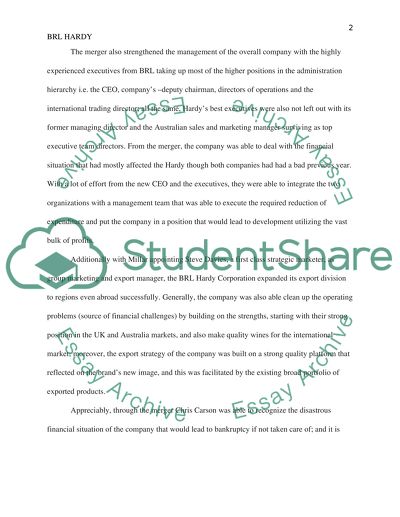Cite this document
(“BRL Hardy: Globalizing an Australian Wine Company Case Study”, n.d.)
BRL Hardy: Globalizing an Australian Wine Company Case Study. Retrieved from https://studentshare.org/marketing/1498470-brl-hardy-globalizing-an-australian-wine-company
BRL Hardy: Globalizing an Australian Wine Company Case Study. Retrieved from https://studentshare.org/marketing/1498470-brl-hardy-globalizing-an-australian-wine-company
(BRL Hardy: Globalizing an Australian Wine Company Case Study)
BRL Hardy: Globalizing an Australian Wine Company Case Study. https://studentshare.org/marketing/1498470-brl-hardy-globalizing-an-australian-wine-company.
BRL Hardy: Globalizing an Australian Wine Company Case Study. https://studentshare.org/marketing/1498470-brl-hardy-globalizing-an-australian-wine-company.
“BRL Hardy: Globalizing an Australian Wine Company Case Study”, n.d. https://studentshare.org/marketing/1498470-brl-hardy-globalizing-an-australian-wine-company.


